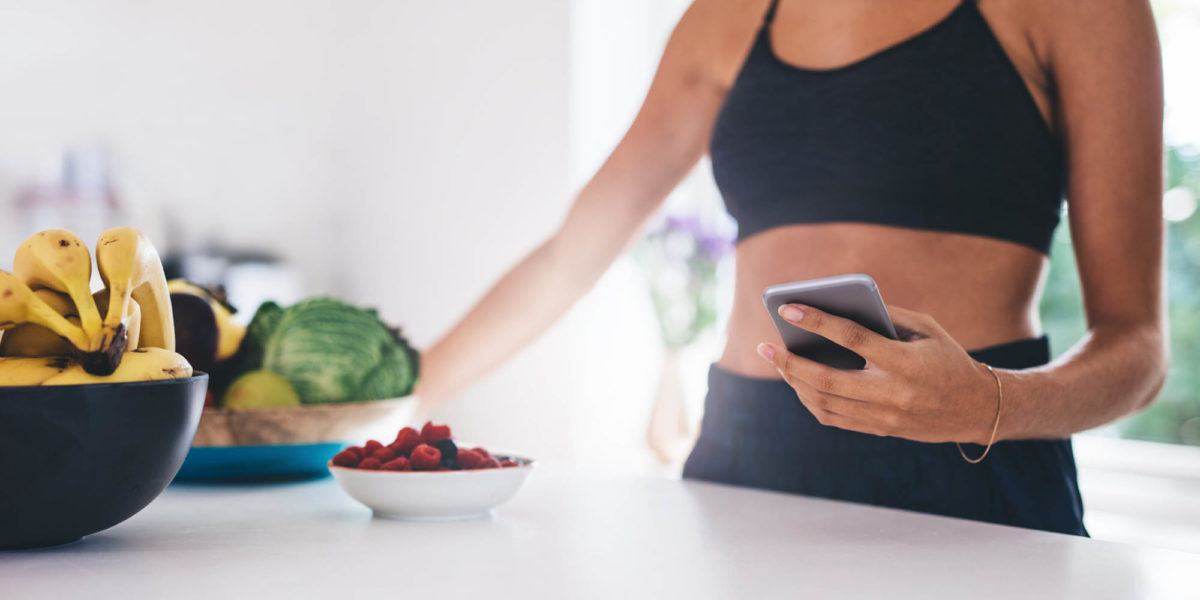Your companions begrudge you when you reveal to them your primary care physician needs you to include pounds, however, you may have just taken in the hard truth: It’s trickier than it sounds. Particularly in the event that you need to do it a solid way.
“You can’t simply toss unhealthy lousy nourishments into your eating routine,” says Kim Larson, a dietitian in Seattle. You need to eat stuff with heaps of calories, obviously, yet they must have supplements, as well.
With a little persistence, however, you can cross the end goal. Simply don’t hope to arrive at your everyday objective of calories immediately. You’ll doubtlessly need to develop to that gradually.
Michael Basham, a resigned educator, and analyst from Boulder, CO, found that firsthand. He’s attempting to pick up the 30 pounds he lost while he recouped from inconveniences of back medical procedure.
Up until now, he’s 10 pounds from his objective of 175. “I attempt to eat as much as I can endure each day,” he says. “It was hard for me to eat such a great amount from the start.”
Larson says there’s nothing amiss with the go-moderate methodology. “Bit by bit, over half a month, we need to expand the measure of nourishment that the gut can deal with,” she says.
Bid farewell to Low-Cal
Your initial step to put on the pounds: Swap out the nourishments you as of now eat for more fatty forms.
Dispose of whatever’s “without fat,” Larson says. Make your own plate of mixed greens dressing with sound oils, as opposed to getting them instant.
Say goodbye to items that have “light,” “diet” and “low-cal” on the name. Eat more fatty bread, and pick bagels over toast or English biscuits.
“Ensure that your grain has at any rate 200 calories for every cup,” Farrell says. “Go for granola or muesli.”
Additionally put greasy fish, similar to salmon, on your supper menu. It’s higher in calories and has solid omega-3 unsaturated fats.
Eat pastries that have a ton of supplements, as solidified yogurt, cereal treats, zucchini bread, and pumpkin pie.
Audit your refrigerator and bureau, and track your eating for a couple of days to perceive what else can be supplanted with unhealthy choices.
“Being from Boulder, Colorado, probably the most beneficial city in America, it was difficult to change from sans sugar and without fat items to sugar in my sweet tea and entire milk on my grain,” Basham says.
Jump on a Regular Eating Schedule
In spite of the fact that you may not take in the objective number of day by day calories from the start, you ought to eat three suppers per day and nibble in the middle of and after supper, regardless.
“I suggest eating six times each day and eating about like clockwork,” says Nancy Farrell, a dietitian in Fredericksburg, VA. “A tidbit is 100 to 200 calories, and dinner begins at 500 calories.”
Ensure that your tidbits are little enough that you’ll have the option to eat again at your next supper time.
“Avoid tidbits that are going to top you off something over the top,” Larson says. “In case you’re having a smoothie, for instance, make it little, similar to 8 ounces. Not 12 to 16 ounces like we see at smoothie shops.”
Pick Low-Volume, High-Calorie Foods
Eat nourishments that pack a ton of calories – and supplements obviously – into a little space. Dietitians call these “calorie-thick.” That way you can get the calories you need without topping off excessively quick.
Nuts
They’re high in fiber and protein and have around 150 to 200 calories for each ounce. Seeds, for example, sunflower and pumpkin, additionally pack a lot of calories into a couple of nibbles. They make an incredible tidbit. Sprinkle them on plates of mixed greens, cereal, soup, and anyplace else you can.
Nut spreads. A tablespoon of nutty spread has around 100 calories. You can likewise attempt a spread that is produced using almonds.
Dried natural product. You can get 147 calories from an ounce of banana chips. Remember raisins, prunes, craisins, dates, and figs, as well. Nibble on them and prepare them into servings of mixed greens and grain.
New, thick natural products. Some great decisions are mangos and avocados.
A medium-sized mango has 130 calories. Avocados can have in excess of 300 calories, contingent upon size and type.
“I fused many avocados and other sound fats into my eating regimen when I was attempting to put on weight,” says Amber Dumler, an exhibition hall master in Washington, D.C. Effectively dainty, she shed around 12 pounds when she was breastfeeding her first youngster. She battled to return the weight on and keep it on.
Drink Your Snacks
On the off chance that you don’t have quite a bit of a craving for 100-to 200-calorie snacks between dinners, take a stab at drinking your calories at nibble time. Fluid can make you feel full, regardless of whether it’s a zero-calorie glass of water, so make the most of each taste. Supplant water with organic product juice or something thicker on the off chance that you can. “Go for rich, cream-based fluids as much as you can,” Farrell says.
Smoothies are an opportunity to hurl in every one of those calorie-thick natural products, nuts, and fluids. “Include entire milk or vanilla yogurt, in the event that you can endure it. In the event that you like it, use nut spreads, avocado, or olive oil in your smoothie,” Farrell says.
“I started drinking a custom made smoothie comprising of protein powder, milk, yogurt, a banana and a fatty enhancement that my dietitian proposed,” Basham says.
At supper times, then again, attempt to constrain how a lot of fluid you take in with the goal that you can spare space for strong nourishment. On the off chance that soup’s on the menu, go for thick, velvety ones instead of clear juices.




